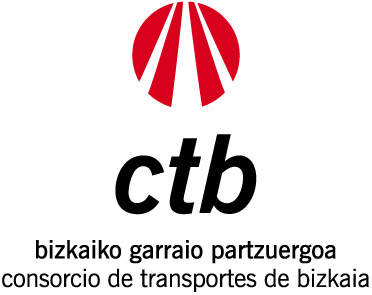- Tailerra
- sin.splice
- es junta
- eu juntura
- fr joint; épissure
joint
- sin.splice
- ca connexió f
- de Spleiss m; Kabelverbindung f
- es empalme m; empalme m de cables
- eu lotura; juntura
- fr jonction f; raccordement m
- gl empalme m
- it allacciamento m; raccordo m
- pt união f de dois cabos
- ca juntura f
- de Verbindungsstelle f; Fuge f; Anschlusstück n; Dichtung f; Stoss m
- es junta f
- eu juntura; giltzadura
- fr joint m
- gl xunta f
- it giunto m; giunzione f; raccordo m
- pt junta f
- sin.connector; coupling
- ca peça f de connexió
- de Verbindungsstück n
- es pieza f de empalme
- eu lotura-pieza
- fr pièce f de raccordement
- gl peza f de empalme
- it pezzo m di raccordo
- pt peça f de ligação
- sin.coupling; junction
- ca ràcord m
- de Verbindungsrohr n; Anschlusstutzen m
- es racor m
- eu errakor
- fr raccord m
- gl racor m
- it raccordo m
- pt ligação f
joint
1
2
3
4






